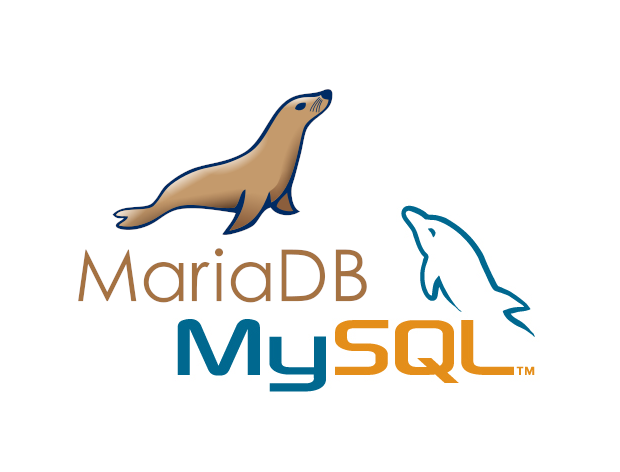Entrepreneur
Entrepreneur – How design changes the way investors see your startup
A few weeks ago during a moment of self-reflection, I noticed a recurring theme throughout the top deals in our pipeline and became suddenly aware of my tendency to value startups with well-formed user experience and user interface (UX/UI) design elements over more technical elements.
My initial reaction was to think of ways to weigh this aspect of the evaluation less (don’t be influenced by the pretty). However, perhaps there is a deeper meaning for this gut intuition. A great user experience correlates to a deep understanding of the customer and more importantly, how to deliver the technology/product/solution to the market.
Even as a startup, an understanding of how the end-user will interact with the product is immensely important. There are many amazing technologies that we pass on because the team lacks the vision to deliver the technology to the user. UX/UI design is an early indicator that the team understands their user and can deliver a quality product.
Tinder
Tinder is a great example of a company which nailed its user experience. The technology, identifying your geo-location and then locating users nearby, is not revolutionary. The application of the technology and the way in which the user interacts with it is what makes Tinder special.
The company fully and completely understood its user base, and designed a product that matched that user base perfectly. When Tinder first started taking root in college campuses, you felt that the founders truly understood their audience. Match.com was great but not what this market was looking for. They wanted something simple, minimal, and fun. In fact very little of the user experience has changed since their first launch, though certainly much has changed technology-wise as the company has grown to millions of users.
iPhone vs Amazon Fire Phone
The look of the Amazon Fire Phone is amazing, the technology within it is groundbreaking, and yet, adoption does not appear to be growing. As an iPhone user, it feels as though Apple’s device was built to make my life easier, whereas, from what I have seen, it appears the Fire Phone was built to make Amazon’s life easier and developed to make buying a product on Amazon faster.
This is great, but not what I need my phone to do. Amazon failed to design a worthy user experience and is suffering as a consequence.
Enterprise Software
One of the hottest markets right now is in the enterprise software space. Leading the disruption is the implementation of consumer design elements. How can we take traditionally complicated, bland, and clunky software solutions (SAP, Oracle, etc.) and make them more user-friendly?
Salesforce, Workday, and Box all harness consumer design elements in their enterprise products. The basic idea is to take the design elements that we have all become accustomed to and implement that same strategy into the enterprise. This shift, alongside a shift in the workforce demographic (Millennials), has caused an explosion in the market.
Looking back, was it Google’s superior search algorithms that users flocked to or was it the user experience Google offered when compared to Yahoo, Lycos, and Alta Vista? I would argue that the experience of a singular search bar with no distractions is what caused many to choose Google as their search engine of choice.
The technology and IP behind a startup will always be important, but user experience and design can be just as important in determining the success of the company and often harder to achieve.
Kyle Fugere is an entrepreneur and Investor for dunnhumby Ventures, a Corporate Venture Capital Fund and Subsidiary of Tesco, one the largest retailers in the world. dunnhumby Ventures mandate is to identify and invest in innovative retail technologies before they become broadly available in the marketplace. Prior to his work at dunnhumby Ventures, Kyle operated a development project in sub- Saharan Africa before starting his first company in the electronic medical records space. Shortly after Kyle made the transition to venture capital having worked at Tollman Capital Partners and now a Principal at dunnhumby Ventures.
Ref: venture beat


